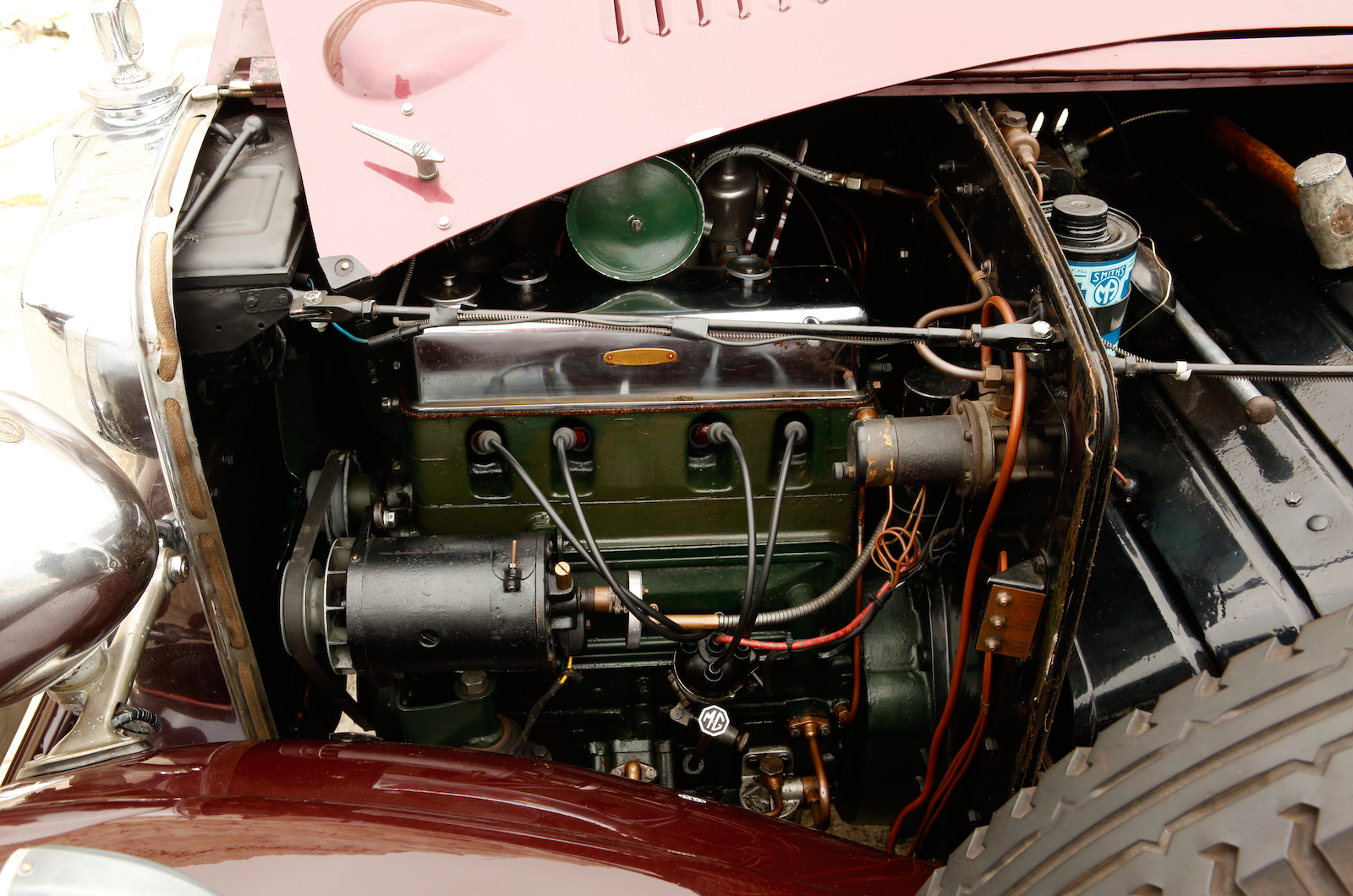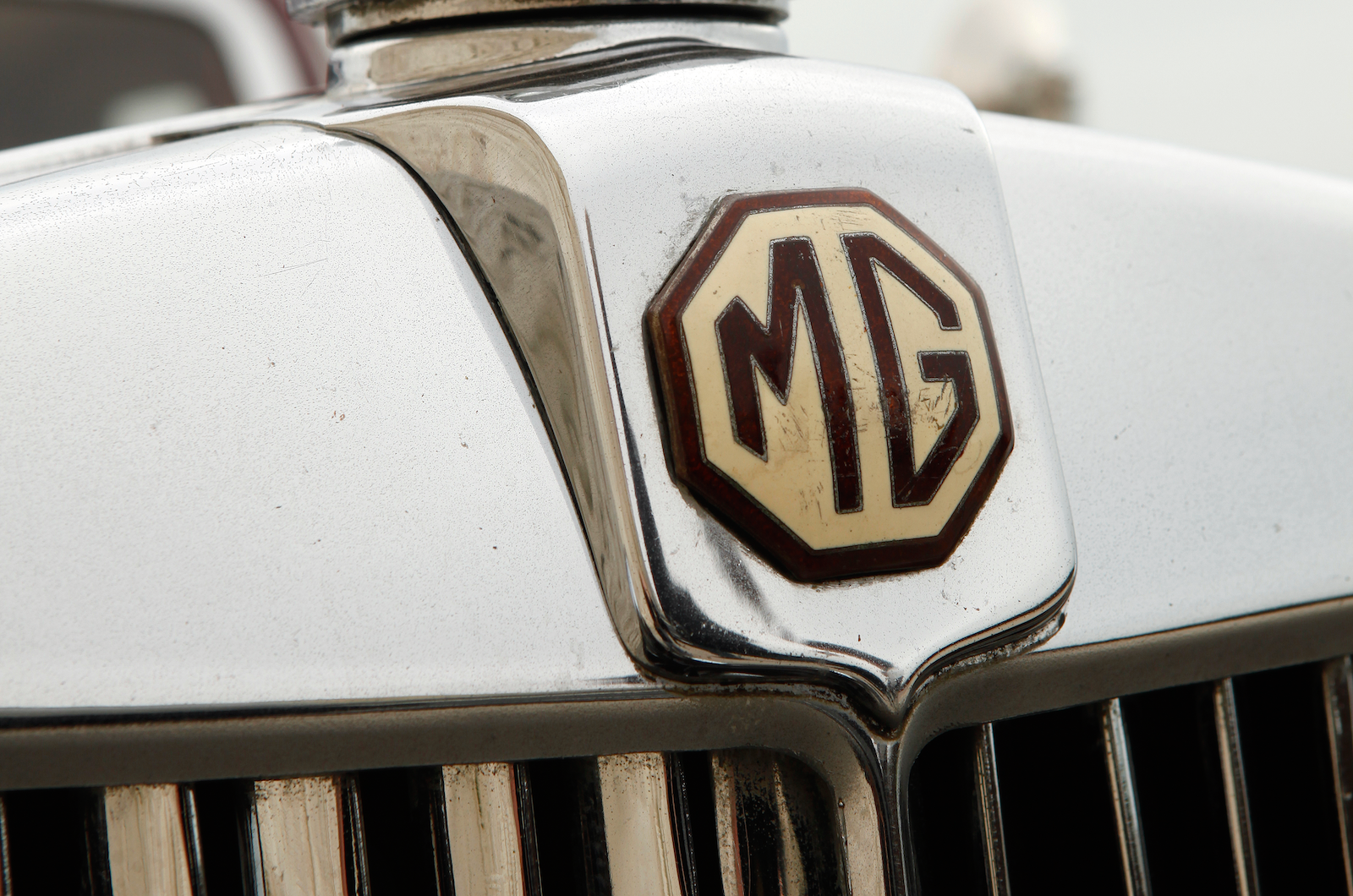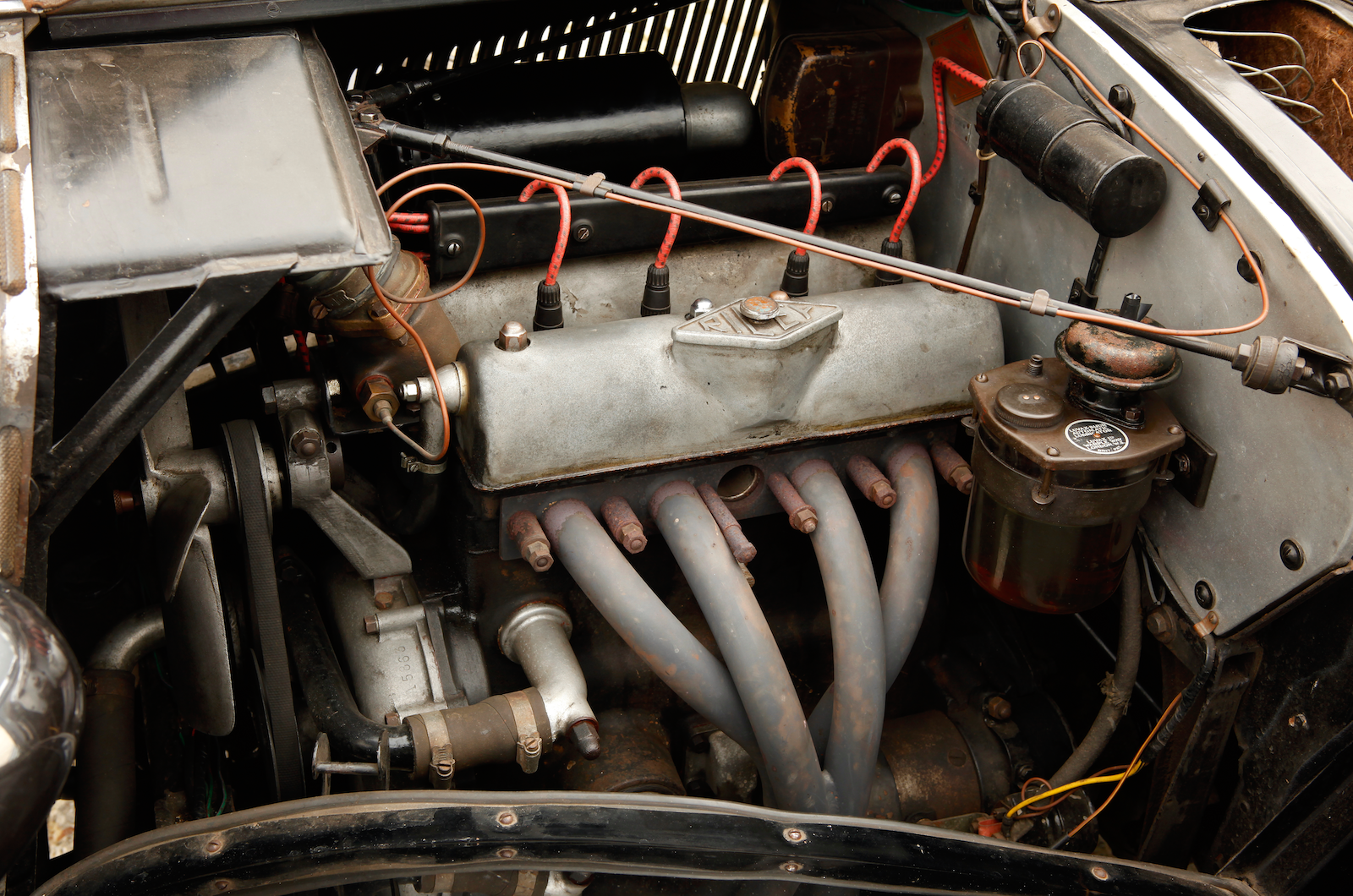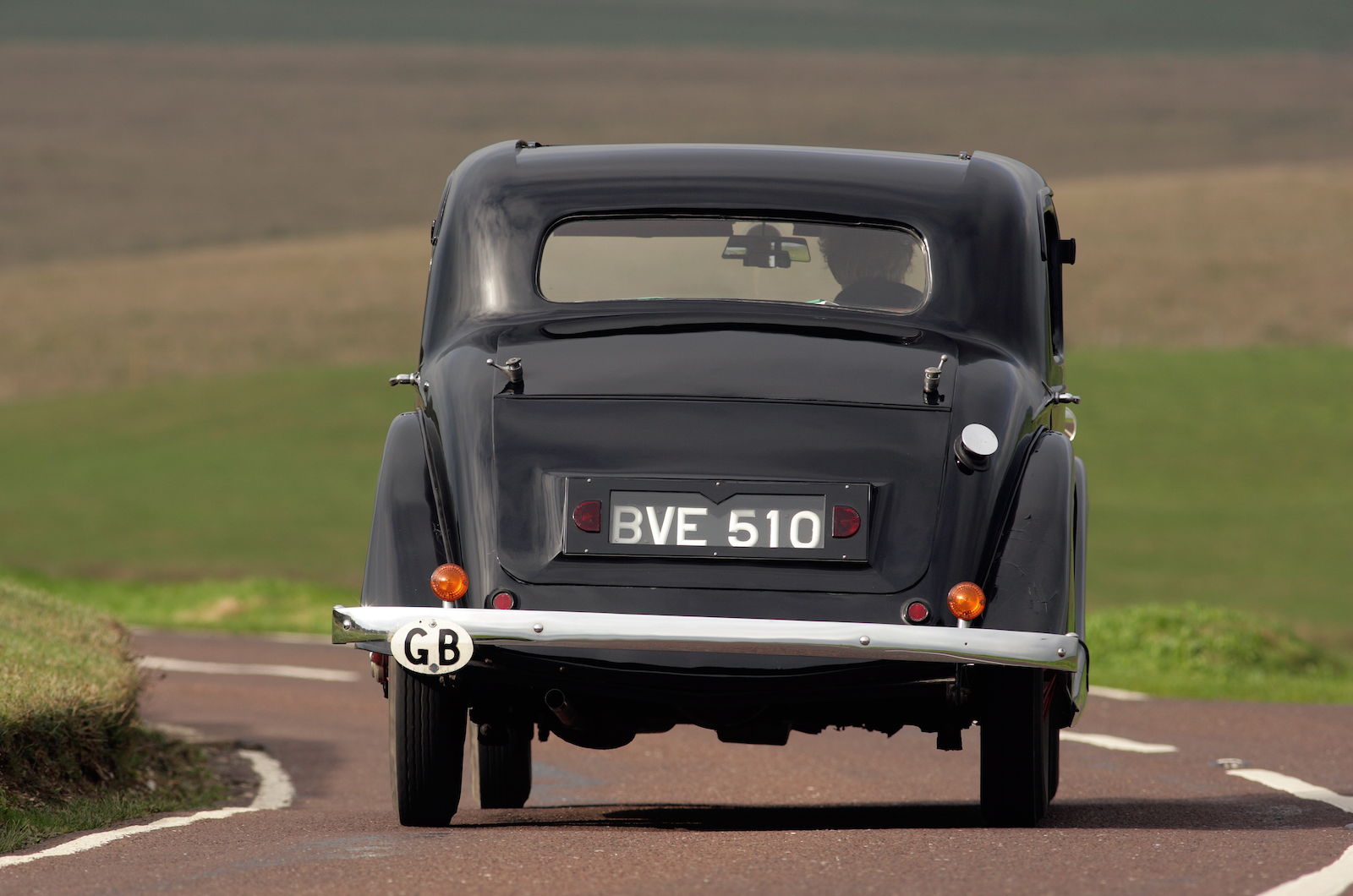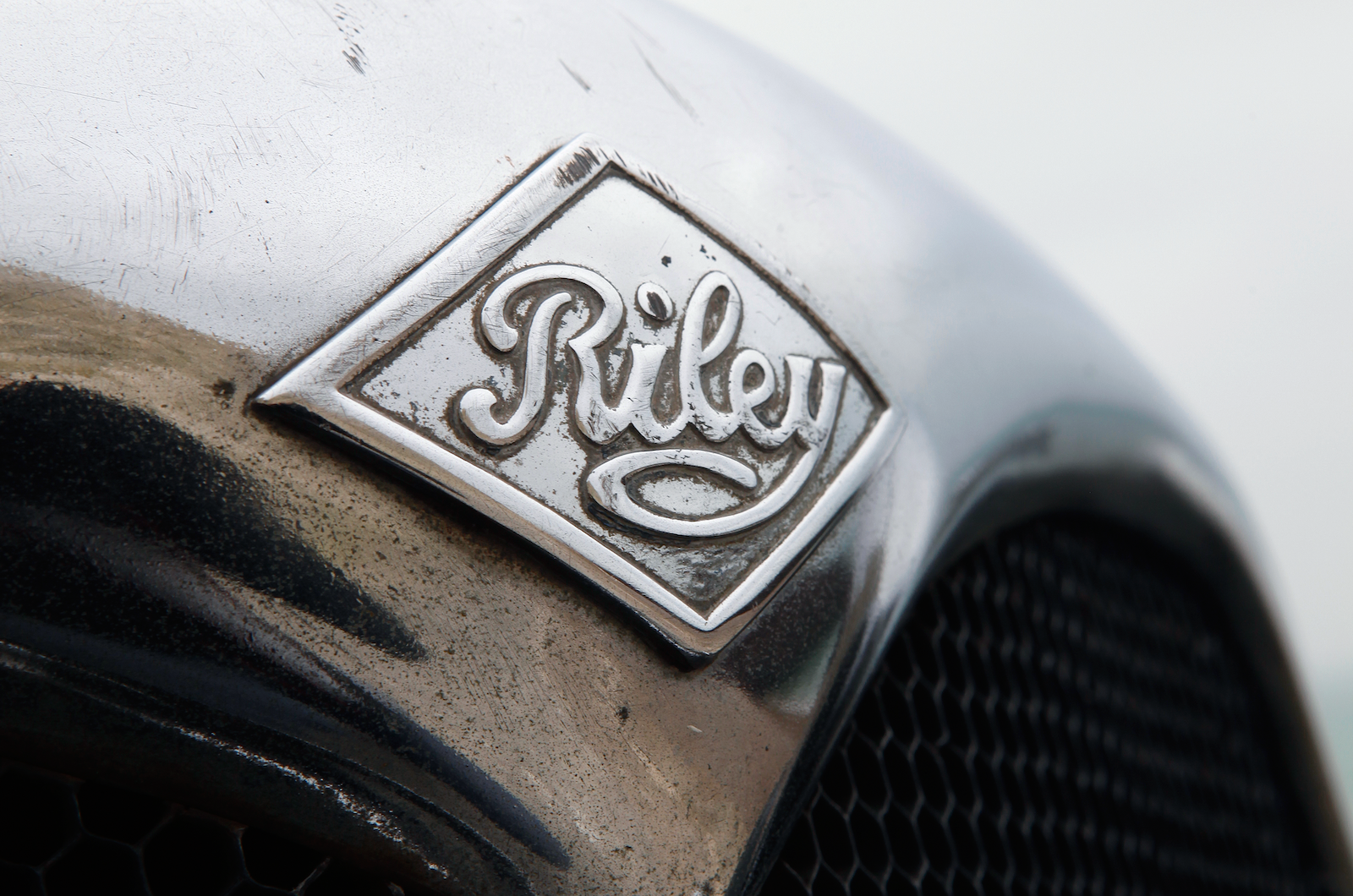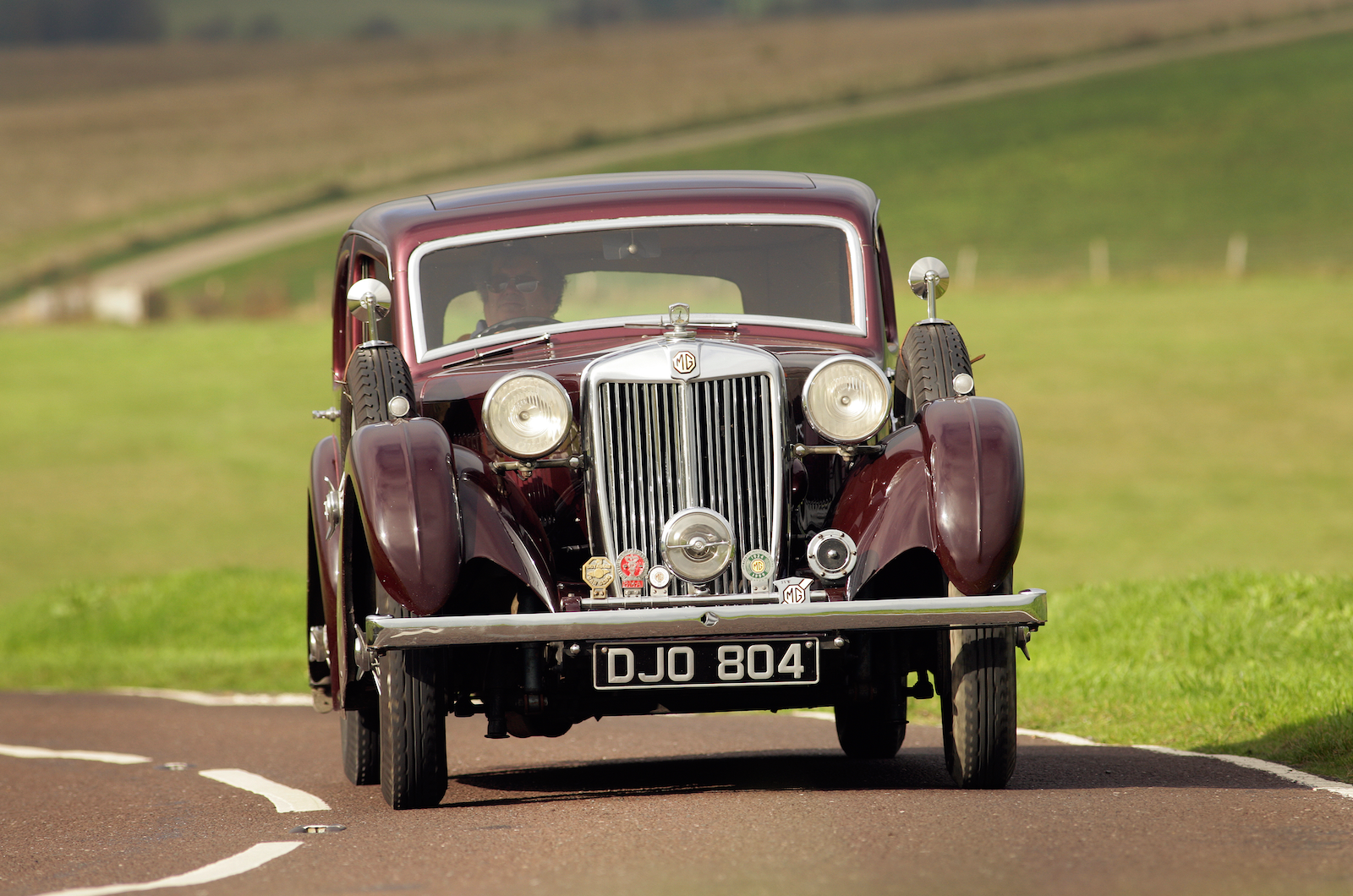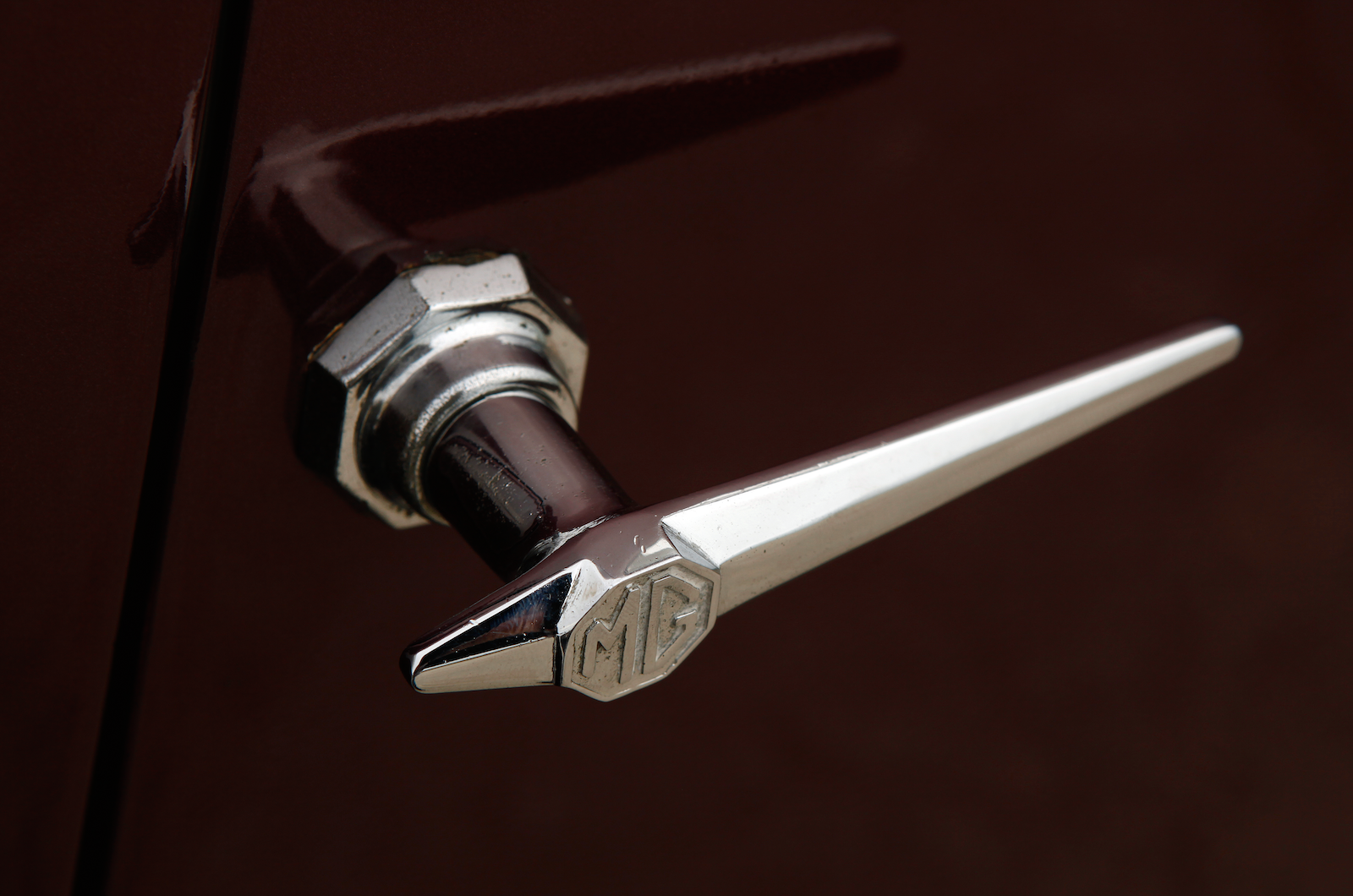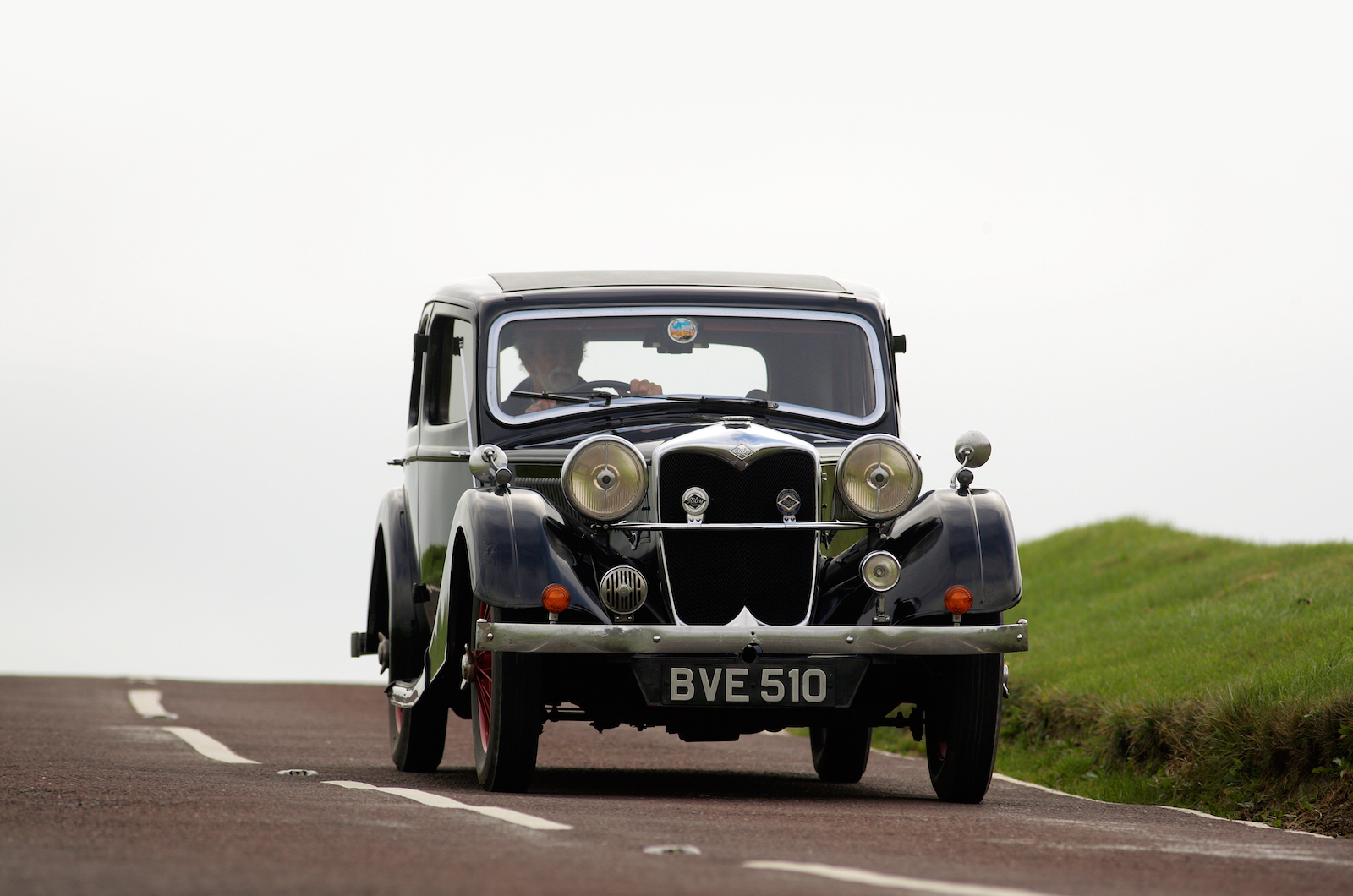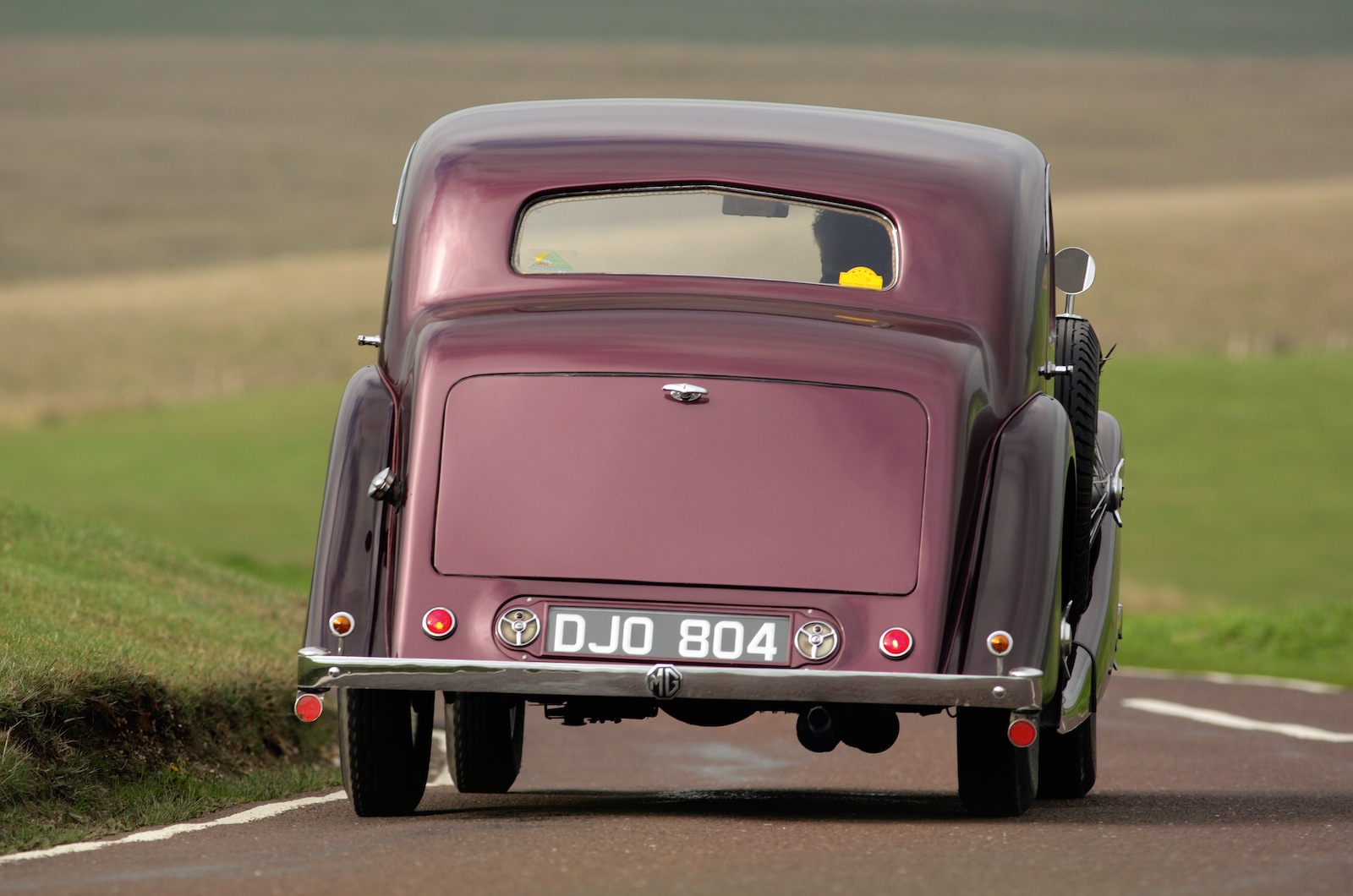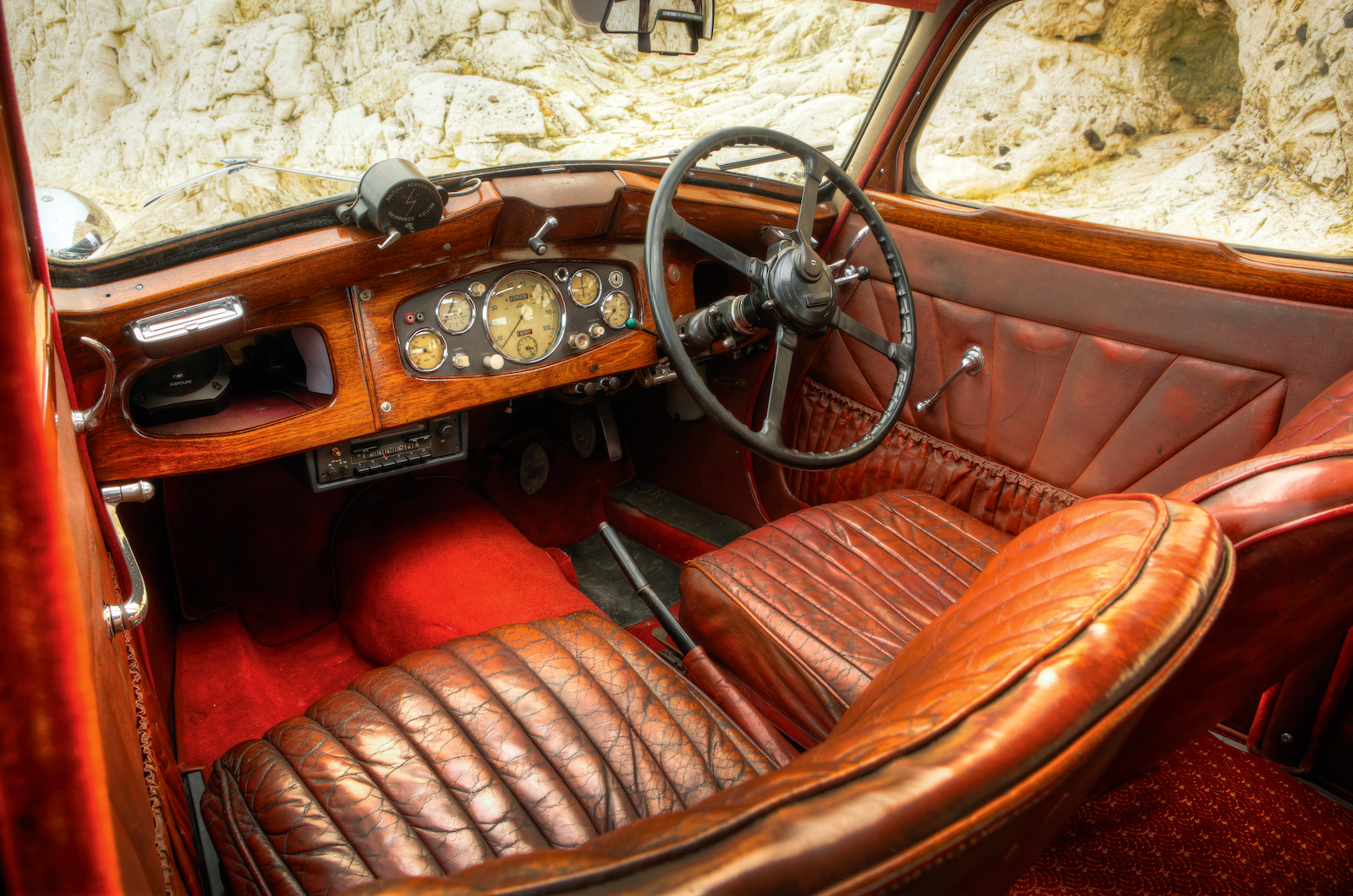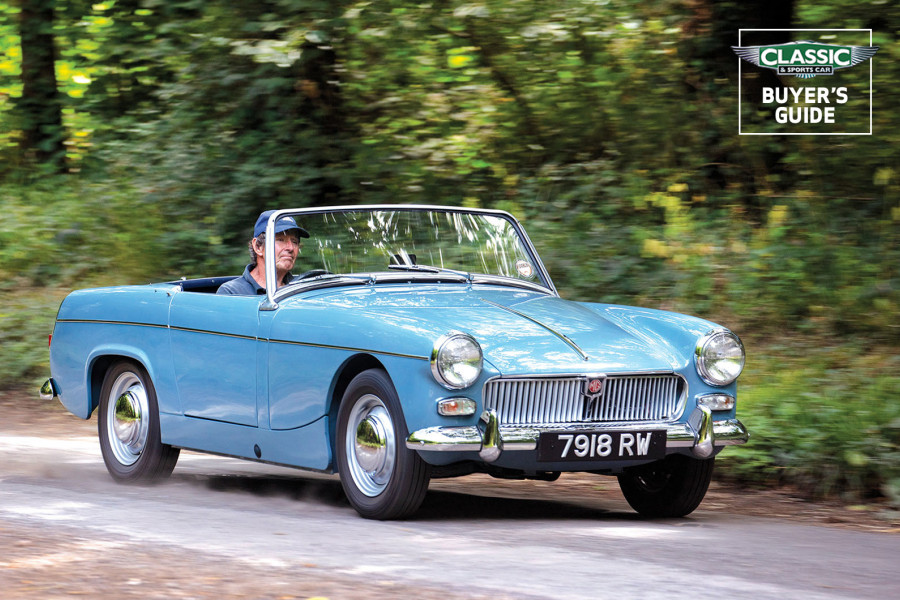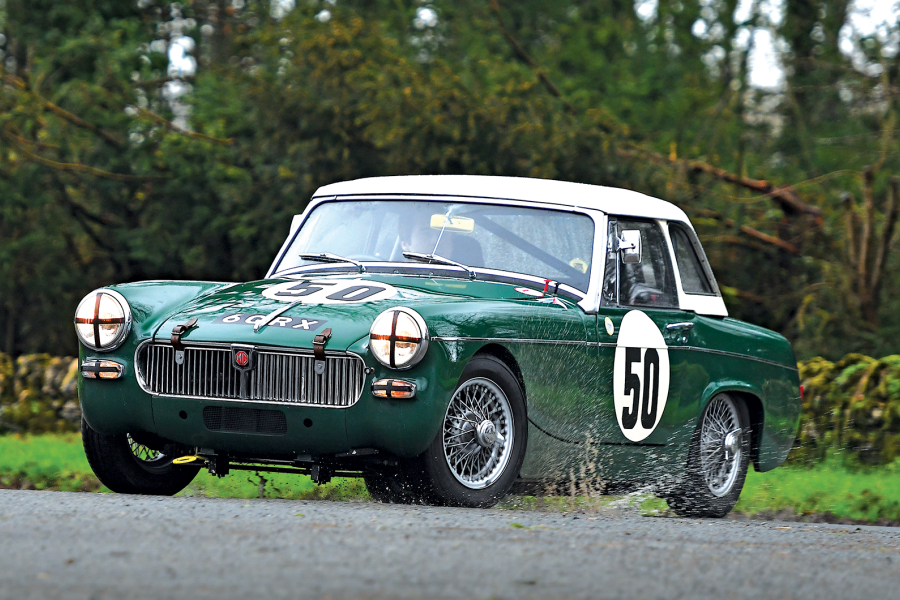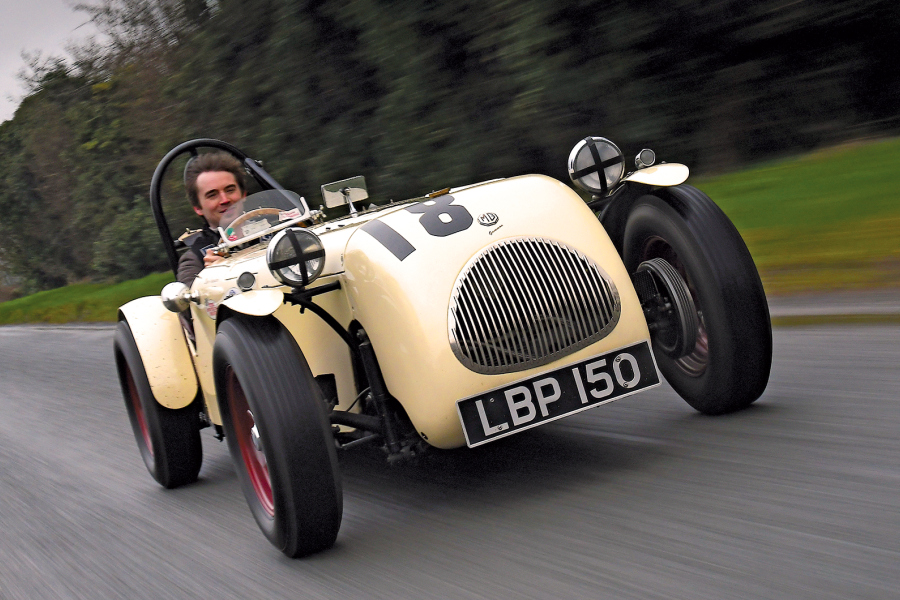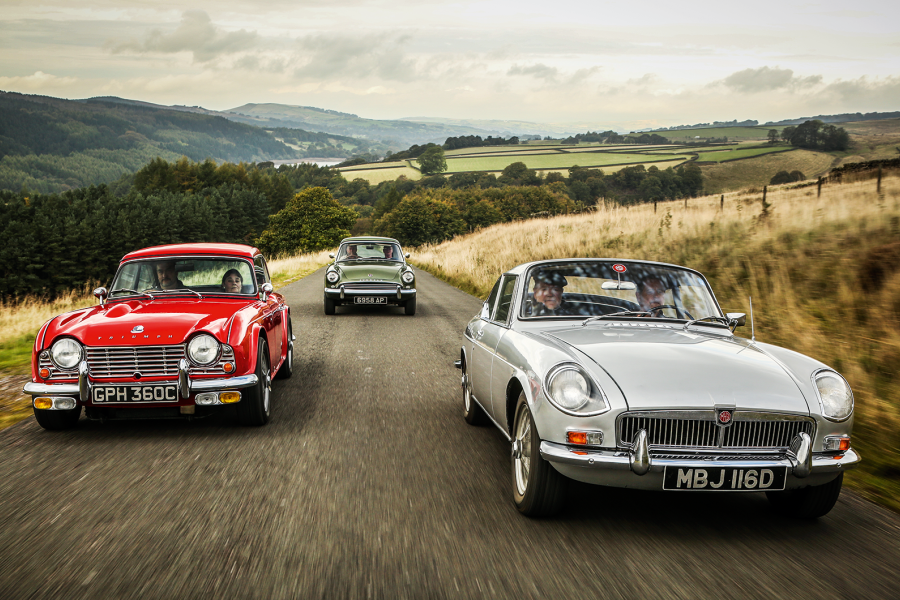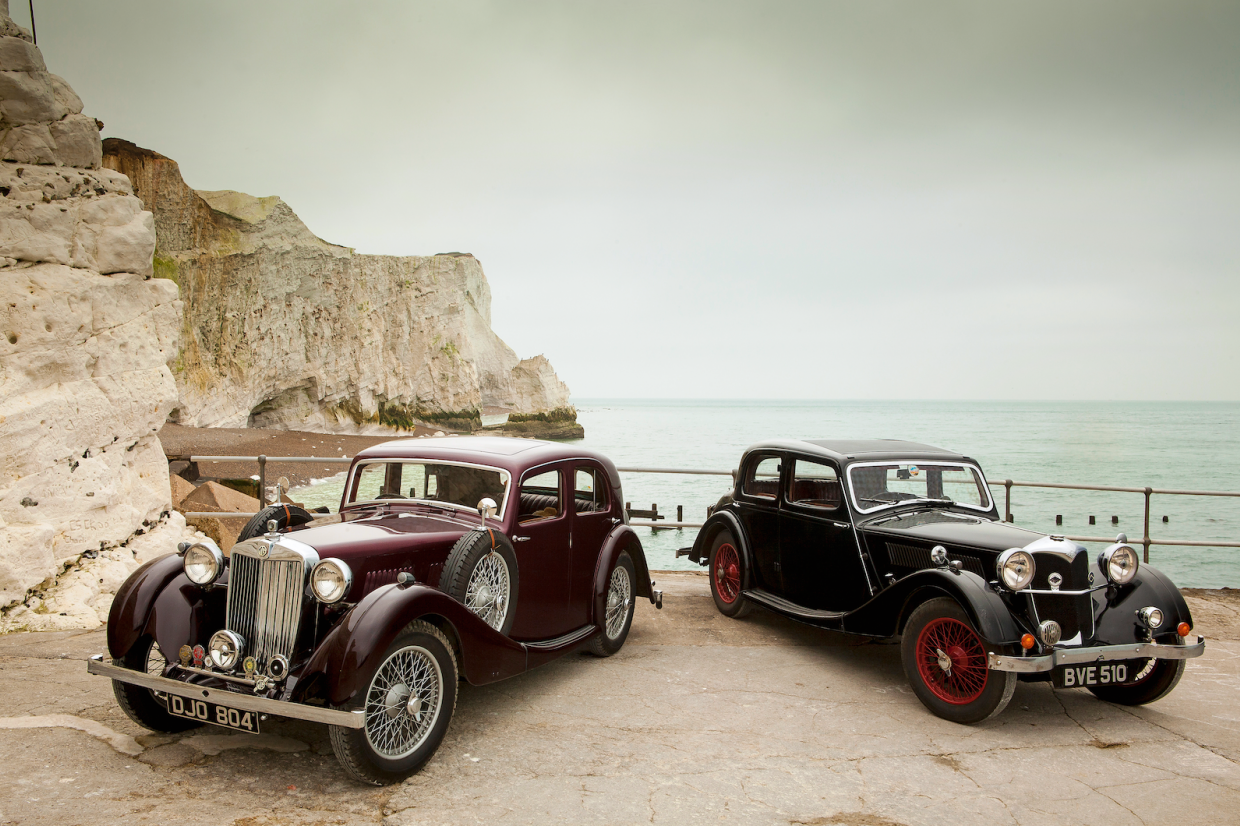
Looking back now, the way in which the British motor industry developed after WW2 – the mergers, the sharing of components and the dilution of marque identity – was already in evidence during the second half of the 1930s.
At the heart of this were two companies that began the decade doing battle on the race tracks as well as in the showrooms – Riley and MG.
Both offered advanced, sporting models that reflected their competition success.
They traded overall victory in the prestigious RAC Tourist Trophy for six consecutive years, with no less a driver than Tazio Nuvolari claiming it for MG in 1933.
Renowned tuner Freddie Dixon soon hit back, taking consecutive wins for Riley in 1935 and ’36.
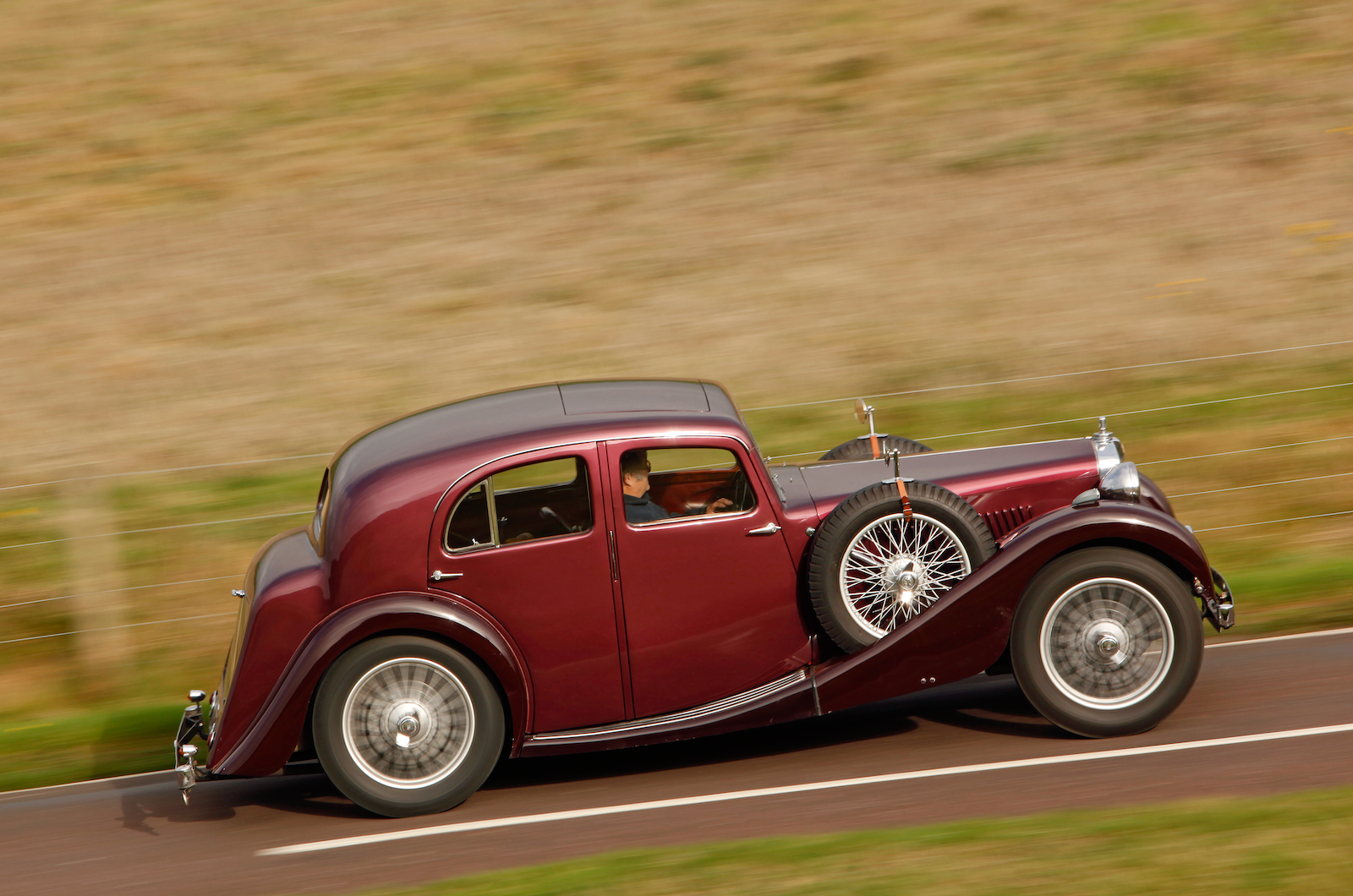
The MG looks more substantial in the metal than photos would suggest
And then there was Raymond Mays’ ‘White Riley’, based on the Brooklands Six model and which formed the stepping stone on his way to building the voiturette ERAs.
MG soon discovered, however, that all of that success didn’t necessarily pay the bills.
In 1935, the company became part of the Nuffield Organisation, the expensive racing programme was halted and the design office was shifted from Abingdon to Cowley.

